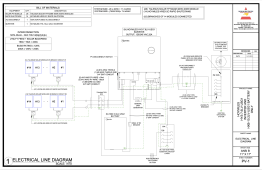I believe the push to UL 9540 is pushing us away from modular / open systems and to pre-architected solutions from individual vendors.I hope those are for smart panel functionality. Otherwise that is some blatant "get you on the add-on feature cost in the walled garden" cash grab.
Wow, Schneider went from letting you put the functionality together yourself to $3200. That's confidence.
Great for being certain everything works and is safe.
Lousy for keeping costs down.



